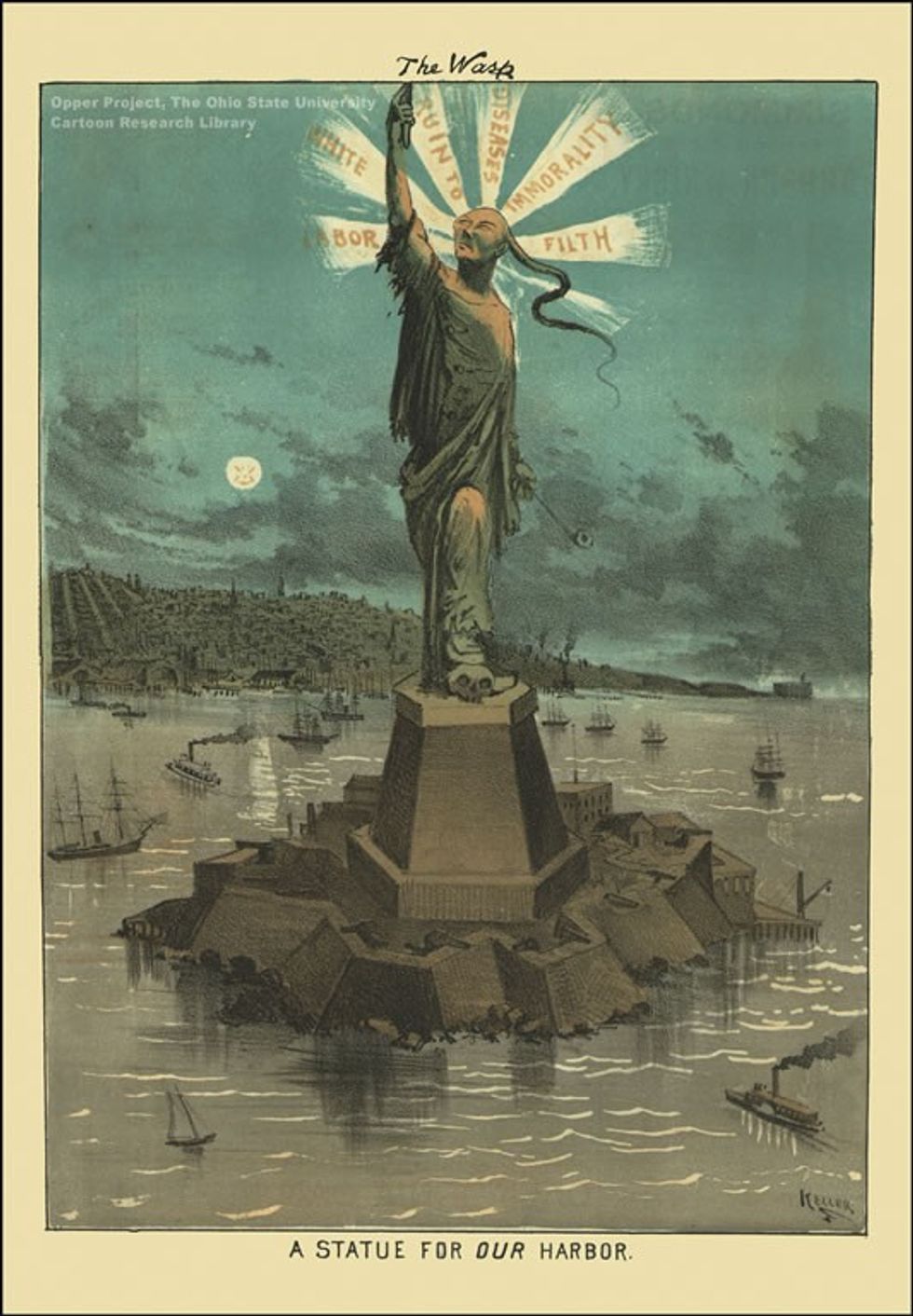Acts of physical violence, verbal intimidation, and hate-mongering against Chinese and other Asian Americans are occurring with alarming frequency throughout the country. Since the start of the medical crisis, more than one thousand acts of racism against Asian Americans have been reported.
This racial profiling holds Chinese as an ethnic group responsible for the COVID-19 crisis, despite the World Health Organization and other responsible leaders who reject identifying the virus with Chinese or any other people.
The frightful lie of biological racism is being revived.
In the early days of the U.S. response to the pandemic, President Trump deliberately and continually labeled COVID-19 “the Chinese virus.” This language, from the most powerful individual in the world, was the most dangerous example of scapegoating for political purposes. His speech notes show that he crossed out “corona,” replacing it with “Chinese.” He and his defenders say his use has nothing to do with race. He is just being “accurate,” they say. The bug came from China.
But “Chinese” is not a place: it is a people, a culture, a language, a society, and Trump’s use of the term just fuels xenophobia and those who see little difference between fellow Americans of Chinese ancestry and those who live in China. In recent days, Trump dialed back on his use of the term and said that Chinese Americans were not responsible for the crisis and are “wonderful people.” We can be thankful for the favor.
The danger, however, has been done: Americans of Chinese and other Asian descent are still being assaulted. Harm is being done to them on the streets. They are fearful for their lives. Some are buying guns as never before fearful they will have to defend themselves from mob violence. In San Francisco recently, a Chinese American woman waiting to cross a street, heard another pedestrian call out to a bus, “Run them over!” The Chinese American felt the ick of spit from the racist on her as the bus roared by.
Racial vilification will not end easily. Why?
There is fertile historical soil for it here. Hatred of Chinese has never disappeared since its appearance in the mid-nineteenth century when Chinese first arrived in the U.S.
Characterization of Chinese as a source of terrible disease greeted the earliest Chinese to the country. Racists said they were especially disease-ridden, spread small pox and virulent venereal diseases, and endangered the general well-being of white America.
The organized anti-Chinese movement, which crested in the 1870s and 1880s, charged Chinese as being a cultural and biological threat and, as competitors for work, the source of mass white unemployment. The accompanying political cartoon graphically connects these two accusations (“A Statue for Our Harbor,” 1881):
Sinophobes from Boston to San Francisco sought to drive Chinese out of the country or at least quarantine them as a social contagion that threatened the survival of white America. Beginning in 1882, the federal government enacted a series of Chinese exclusion acts aimed at keeping Chinese out of country and denying them citizenship. The acts stayed on the books for sixty years.
Samuel Gompers, the famous American labor leader, tapped into this deep fear when he entitled a political tract supporting Chinese exclusion, “Meat versus Rice: American Manhood versus Asiatic Coolieism. Which Shall Survive?” The answer was obvious to him: America had to act with whatever means necessary for its self-preservation against the degraded and dangerous Asian.
Anti-Chinese prejudice was not just American but was popular throughout the western world and assumed international dimensions in the early twentieth century. China was called the “Sick Man of Asia,” with the tottering Ottoman Empire the “sick man of Europe.” The two empires were dismissed as decaying and incompetent, but in the Chinese case, the term also took on a social dimension, with the sense of political decline married to social and racial corruption. The Chinese people were a “sick” race.
The Wall Street Journal recently revived this offense when it provocatively entitled an op-ed, “China is the real sick man of Asia.”
Trump himself stoked Sinophobia early in his run up to the presidency. He declared that the Chinese manufactured the myth of climate change to disadvantage American industry; he said the unprecedented scale of the theft of industrial information “raped” America; and the current trade conflict was a war not just for economics but for the very future of the welfare of the world. In the current medical crisis, President Trump has vowed to “defeat” the “foreign virus” that is now infecting the country.
These are fighting words. But we don’t need recriminations and finger-pointing to establish blame. The virus knows no national boundaries. The virus has no nationality or racial identity. It speaks no language or carries a passport. It is nothing less than a global threat to humanity. Needed, more than ever, is international collaboration and cooperation to meet this unprecedented health challenge.
Racial accusations and fear-mongering might advance a political agenda, but they detract from repulsing the existential danger that the world community will confront for the foreseeable future. In this crisis, America’s own interests cannot be solved unilaterally or nationalistically. No country can become “great” when it faces the COVID-19 alone.
















